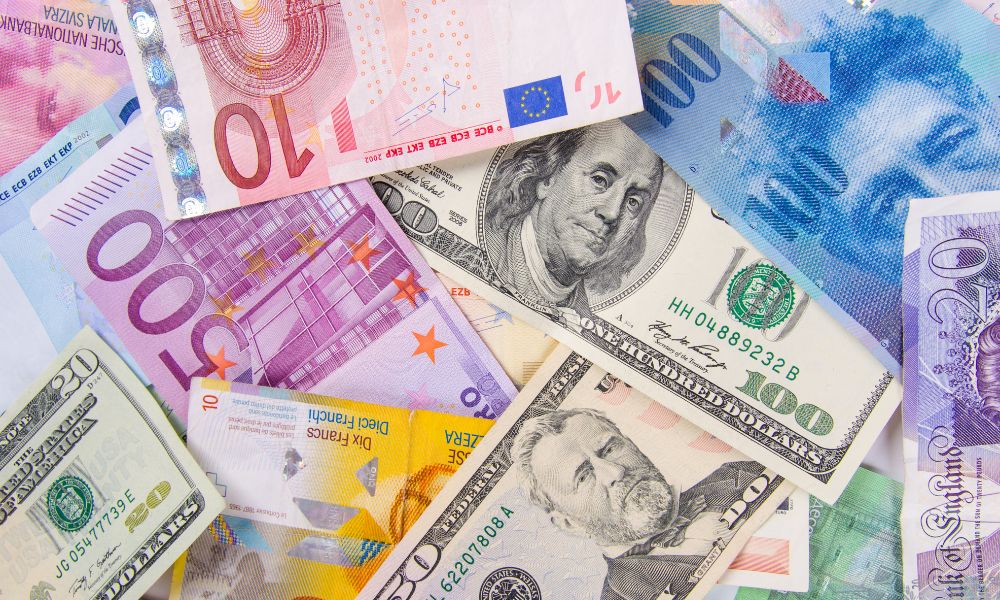
Currency is the lifeblood of any modern economy. It serves as a medium of exchange, a unit of account, and a store of value. Governments play a pivotal role in ensuring the stability and integrity of their currency. This involves a complex set of policies and actions aimed at controlling and managing their currency. In this blog post, we will delve into the intricacies of how governments maintain and regulate their currency to foster economic stability and growth.
At the heart of a country's monetary management lies the central bank. The central bank is a key institution responsible for overseeing and implementing monetary policy.
While the specific structure and functions of central banks can vary from country to country, their primary goals generally include maintaining price stability, ensuring full employment, and supporting sustainable economic growth.
This control is exercised through various mechanisms, including:
Governments also manage their currency by influencing exchange rates. Exchange rates are crucial for international trade, and their stability is essential to maintain economic health. Methods of exchange rate management include:
Inflation, the general increase in prices over time, can erode the value of a currency.
To combat this, governments often adopt inflation targeting policies. Central banks set specific inflation targets and adjust monetary policy to achieve them.
By keeping inflation in check, governments aim to preserve the purchasing power of their currency.
Governments may also directly intervene in the foreign exchange market to stabilize their currency's value.
This intervention can involve buying or selling their currency to influence its exchange rate.
It is typically used when the currency faces speculative attacks or extreme volatility.
Governments maintain foreign exchange reserves to ensure they have enough resources to defend their currency or manage balance of payments crises.
These reserves can be used to stabilize the exchange rate, settle international transactions, or bolster investor confidence.
Sound financial regulation is crucial for maintaining the stability of a country's financial system.
Governments implement regulations and supervise financial institutions to ensure they operate safely and soundly. This helps prevent systemic risks that could threaten the stability of the currency.
In summary, the management and control of a country's currency are complex tasks that require a delicate balance of policies and actions.
Governments, primarily through their central banks, employ a variety of tools to influence the money supply, manage exchange rates, combat inflation, and maintain overall economic stability.
The effectiveness of these measures depends on various factors, including the country's economic conditions, policy decisions, and external factors like global economic trends.
A well-managed currency is essential for economic prosperity and the well-being of a nation's citizens, making the art of monetary management a critical aspect of governance.